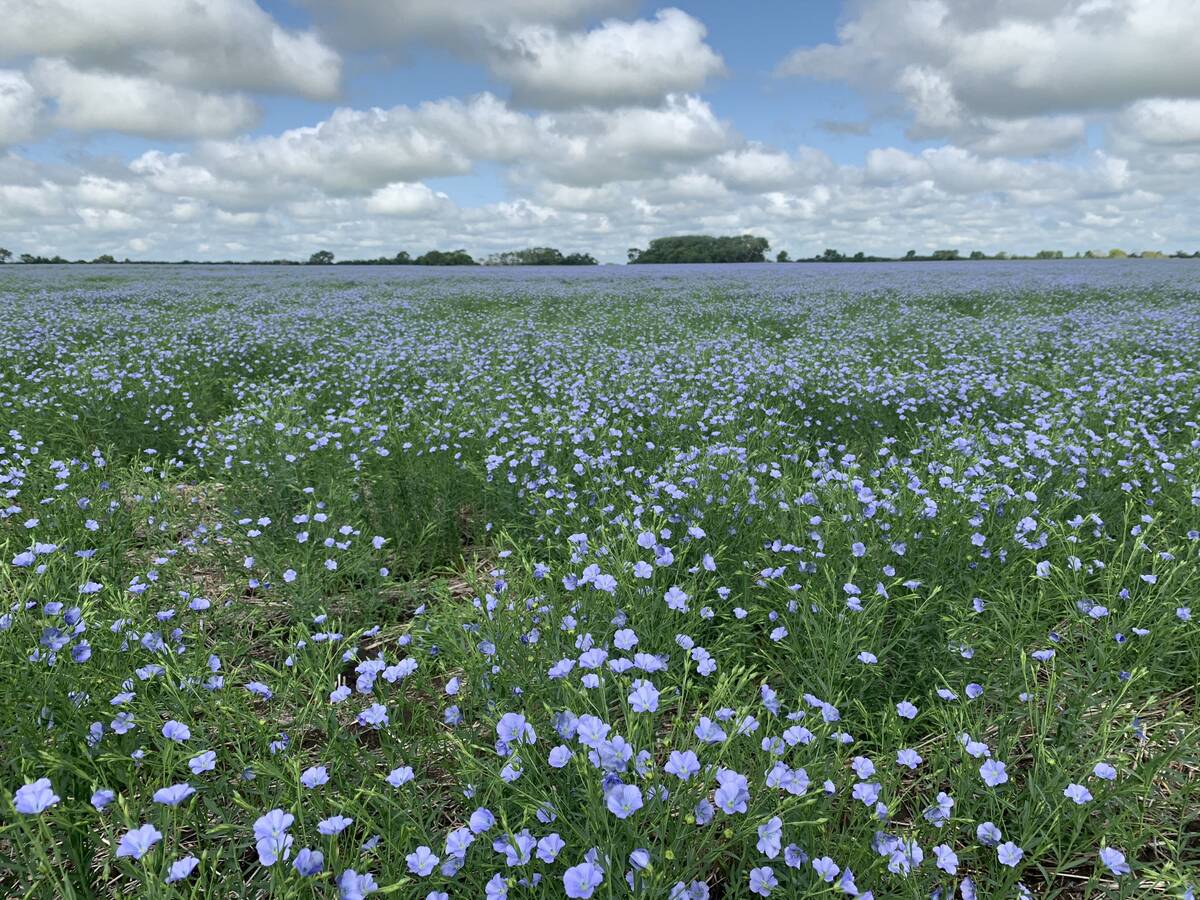KIEV, Ukraine (Reuters) — A cold snap that gripped Ukraine and European Russia as the new year dawned is unlikely to affect winter grain crops.
A blanket of snow in eastern Ukraine should provide protection against temperatures that fell as low as -23 C, analyst UkrAgroConsult said Jan. 4.
“Snow depth of more than 15 centimetres has developed in this (eastern) part of the country, and we believe winter crops were not damaged there,” UkrAgroConsult said in a report.
The consultancy said snow depth was only two cm in western Ukraine, but the air temperature was not as cold, falling to only -10 to -15 C, which was above the critical level for winter crops.
Read Also

Flax sector sees omega-3 opportunity
SASKATOON — A global shortage of omega-3 oils could be an opportunity for the flax sector, says an industry official….
It said a gradual warming was expected in Ukraine this week.
UkrAgroConsult raised its forecast slightly last week for the winter wheat crop in 2016 to 17.8 million tonnes from 17.5 million because of a larger planting area. It warned that the 2016 crop would be much less than the 2015 harvest of 23.4 million tonnes because of a drought during autumn seeding.
Analysts said abnormally warm weather in Russia in recent weeks reduced the snow cover protecting winter crops in areas east of Ukraine.
The country is expected to harvest a large grain crop of more than 100 million tonnes this year, barring weather challenges.
The snow cover is not good in northern parts of Rostov and Vologograd regions and in the central part of the Black Earth region.
The Rostov and Volgograd regions had been expected to see temperatures of -10 C during the day and -13 C at night Jan 1.
However, the situation was far from critical because the cold was not expected to be enough to cause serious damage, said Igor Pavensky, deputy head of the rail infrastructure operator Rusagrotrans.
“Cases like this, when a cold spell comes after sustained warmth, have already happened in previous years and they did not cause significant winterkill (of grains),” he said.














